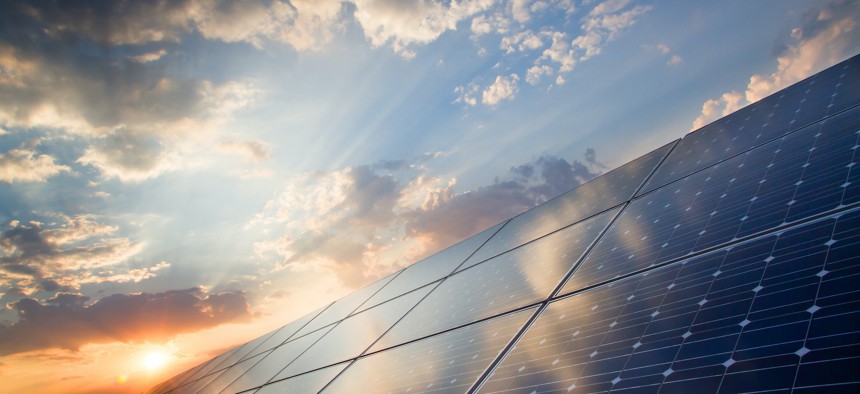September 21st is Zero Emissions Day, a 24-hour global moratorium on fossil fuels. In the past, it has been an opportunity to educate and engage people on the threats to our livelihood posed by toxic emissions. But this year, that threat is just one of the many existential crises Americans have to contend with.
Seven months into Covid-19, the U.S. faces a tangled web of unprecedented crises, from the largest public health crisis in a century to the reckoning with systemic racism in our society to the most consequential election of our lifetimes. There’s a lot to be worried about. But new surveys show that climate change has become important enough to American voters that it remains a top concern despite the pandemic and related economic fallout; the number of Americans who feel passionately about climate change has almost doubled since 2015.
Americans understand that taking aggressive action on climate is not an option—it’s a necessity.
Here in New York, we’ve committed to a Green New Deal, passing the nation-leading Climate Leadership and Community Protection Act (CLCPA) in 2019, committing us to 70% renewable energy by 2030, 100% carbon-free electricity by 2040, and an 85% reduction in greenhouse gas emissions and economy-wide carbon-neutrality by 2050. This July, Governor Cuomo announced the largest combined solicitations for renewable energy ever issued in the U.S. to combat climate change, a huge step towards our CLCPA goals and affirmation of New York’s commitment to rebuilding from Covid-19 with a green economy. To actualize these ambitious goals, we need to use every tool at our disposal, including carbon pricing.
A New York Independent System Operator (NYISO) proposal would mean that New York State sets a social cost of carbon as a price per ton of emitted C02 by power generators based on the impact to the environment. This will create an economic incentive to invest in low- and zero-carbon resources, like wind, solar, and hydropower, while accelerating the retirement of fossil fuels. In other words, it drives the market towards clean, renewable energy.
Adding this cost on carbon is only fair. Oil and gas producers have had an unmitigated monopoly on the energy market for decades, and carbon pricing will create a long-overdue system of checks and balances. The current pricing scheme doesn’t account for the negative externalities created by fossil fuel generators. Neither does it account for the high social cost of pollution that is borne by the public, especially by environmental justice communities, while these companies widen their profit margins.
We know too much about the social cost of these externalities to let fossil fuel generators continue business as usual. Recent studies show that air pollution from burning fossil fuels has reduced life expectancy worldwide by an average of almost three years, an impact larger than smoking, HIV/AIDS, and vector-borne diseases such as malaria.
In April, researchers at Harvard University linked living in an area with high pollution levels to an increased risk of dying from Covid-19. And as the country grapples with systemic racism in every facet of life, we must also contend with the greater impact climate change has on marginalized communities—like the fact that Black Americans are 75 percent more likely than others to live near facilities that produce hazardous waste due to decades of structural inequality.
The benefits are clear.
Carbon pricing will help to phase out the high-emitting fossil fuel units in environmental justice neighborhoods at a faster rate, protecting young children from developing asthma or their parents from getting cancer. Greater investment in renewable energy will bring about more living wage jobs, especially with the state’s mandate to prioritize disadvantaged communities when considering project siting. It will reduce state-funded clean energy costs by making polluters pay. And it will lower consumer electricity costs in the long run.
New York State has made significant progress in fighting climate change, but we have a long way to go and no time to spare. This Zero Emissions Day, let’s take action towards the cleaner, greener, more equitable world that we could build with carbon pricing.
NEXT STORY: How academics can engage communities


